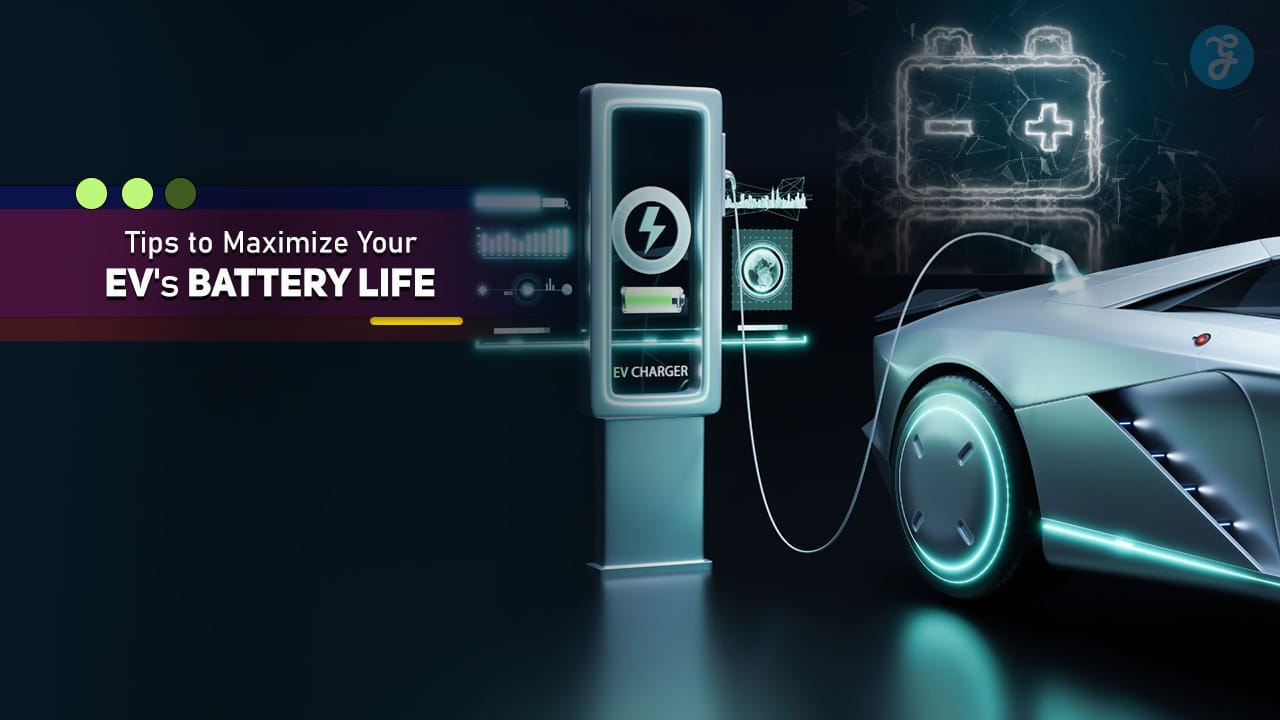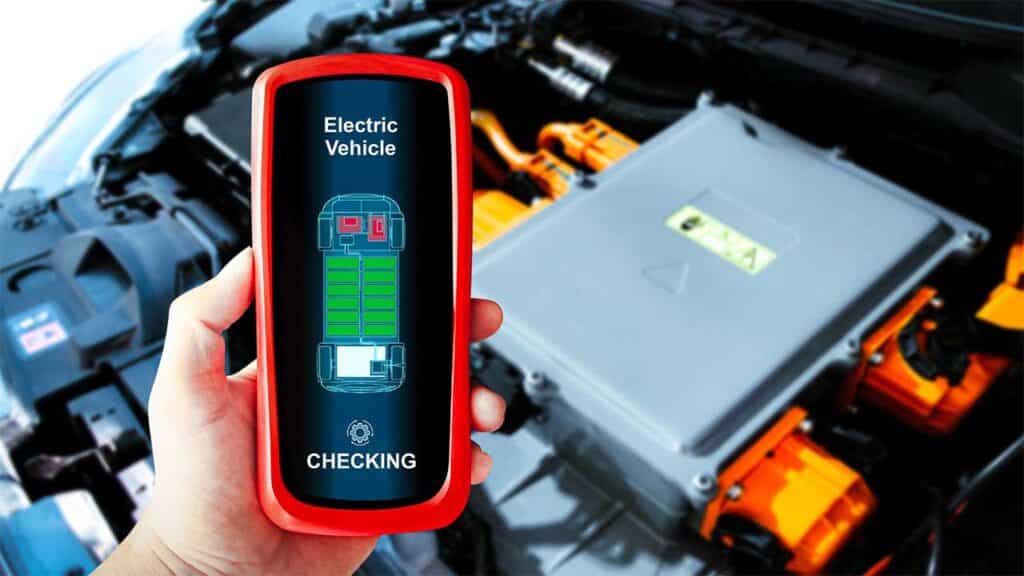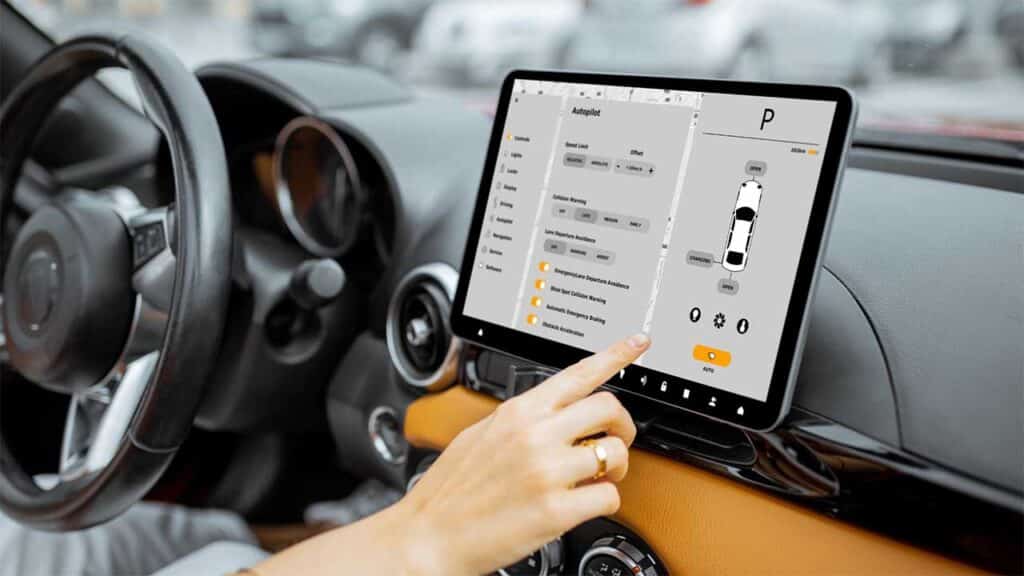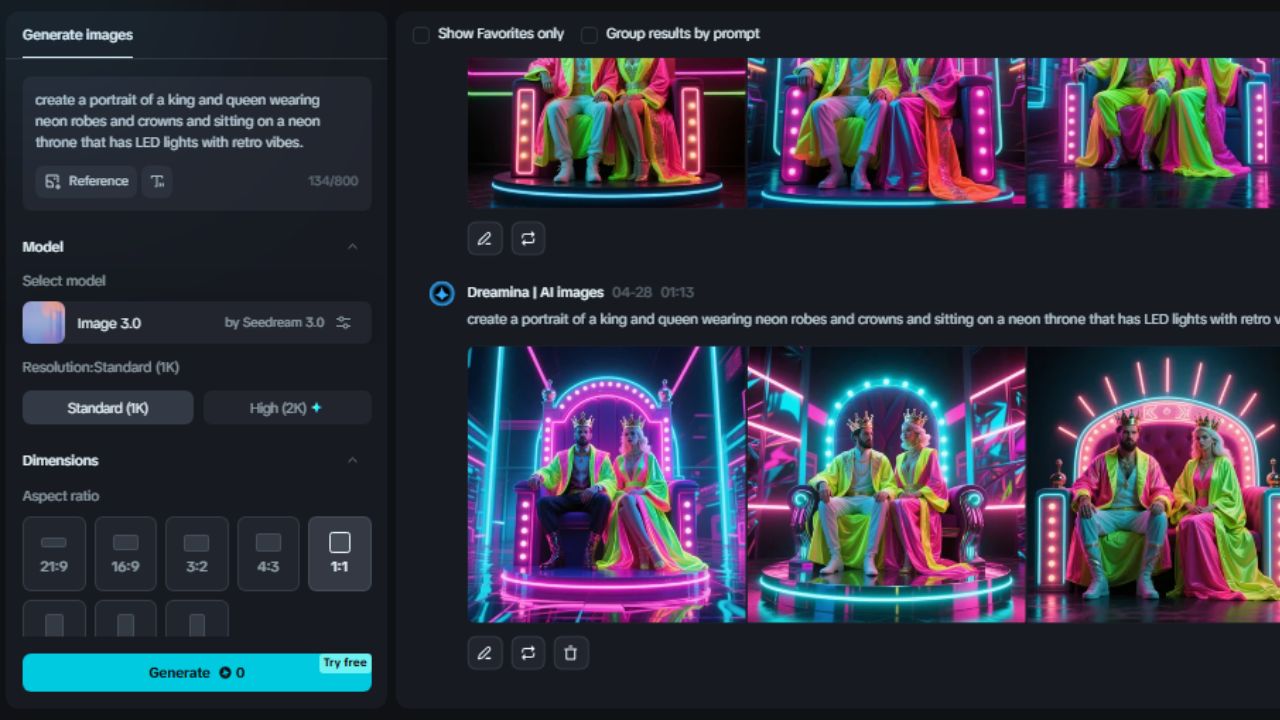As the world shifts toward sustainable energy, electric vehicles (EVs) have emerged as a leading alternative to traditional gasoline-powered cars.
Their benefits extend beyond eco-friendliness; they also promise lower operating costs and advanced technology.
However, at the heart of every EV lies its battery, which is crucial for both performance and longevity.
Maximizing battery life is not just about extending driving range; it also involves ensuring that the battery retains its capacity over time.
In this article, we delve deep into 15 comprehensive tips to help you maximize your EV’s battery life, ensuring you get the most out of your vehicle.
1. Understand Your Battery’s Capacity
Every EV is equipped with a battery that has a specific capacity, typically measured in kilowatt-hours (kWh).
This measurement reflects how much energy the battery can store.
For instance, a 60 kWh battery might offer a range of approximately 200 to 300 miles, but this can vary based on driving conditions, temperature, and vehicle efficiency.
Monitor Battery Health
Most modern EVs have built-in systems to monitor battery health.
You can usually access this information via the vehicle’s dashboard or through a mobile app.
Key metrics to monitor include:
- State of Charge (SOC):
Indicates the current charge level of the battery.
- State of Health (SOH):
Reflects the battery’s overall condition compared to its original capacity.
Keeping track of these metrics allows you to make informed decisions about charging and driving practices.
Key Takeaway
Understanding your battery’s specifications and health metrics empowers you to optimize your EV’s usage and longevity effectively.
2. Charge Smartly
For daily charging, consider installing a Level 2 home charger.
Unlike standard 120V outlets, which may take 8-12 hours to fully charge an EV, Level 2 chargers can deliver 240V and reduce charging time to about 4-6 hours.
This efficiency makes it easier to charge overnight or during the day, fitting seamlessly into your routine.
Avoid Frequent Fast Charging
While fast chargers (DC fast charging) are beneficial for long trips, their frequent use can degrade the battery over time.
Fast charging generates significant heat, which accelerates wear and tear on the battery cells.
It’s advisable to reserve fast charging for road trips or emergencies rather than everyday use.
Key Takeaway
Using Level 2 charging for daily needs and limiting fast charging to essential situations can help prolong battery life and maintain optimal performance.
3. Optimize Charging Levels
Many manufacturers recommend charging to about 80% for daily driving.
Charging to full capacity can stress the battery, especially if it remains at 100% for extended periods.
By keeping your battery in the 20%-80% range, you can improve its longevity.
Allow for a Little Discharge
Regularly allowing your battery to drop below 20% can negatively impact its lifespan.
A good rule of thumb is to charge your battery when it reaches around 30%-40%.
This practice helps avoid deep discharges that can lead to accelerated capacity loss.
Key Takeaway
Optimizing your charging levels by avoiding full charges and deep discharges significantly enhances your EV’s battery longevity.
4. Monitor Temperature Conditions
Temperature extremes are one of the leading factors affecting battery performance and lifespan.
Excessive heat can lead to accelerated degradation, while cold temperatures can temporarily reduce battery efficiency. Here are some practical tips:
- Parking:
Whenever possible, park your EV in a shaded area or a garage to shield it from extreme heat.
- Insulation:
If you live in a particularly hot climate, consider using windshield shades to reduce heat buildup inside the vehicle.
Utilize Climate Control
Many EVs come equipped with features that allow you to precondition the cabin while still plugged in.
Preconditioning uses power from the grid rather than the battery, conserving energy for driving.
Setting the vehicle to start heating or cooling while still charging can help maintain comfort without draining the battery.
Key Takeaway
Managing temperature conditions is essential for preserving battery life and ensuring optimal performance.
5. Practice Regenerative Braking
Regenerative braking is a system that recovers energy when you slow down or stop, converting it back into stored energy in the battery.
This feature not only extends your driving range but also reduces wear on the brake pads.
Maximize Usage
Most EVs allow drivers to adjust the level of regenerative braking.
You can enhance energy recovery by utilizing higher levels of regenerative braking in stop-and-go traffic.
Experiment with different settings to find what feels most comfortable while maximizing energy efficiency.
Key Takeaway
By effectively using regenerative braking, you can enhance battery life and improve your vehicle’s overall energy efficiency.
6. Reduce Excess Weight
Extra weight can decrease energy efficiency and strain your battery.
Regularly inspect your trunk and passenger areas for items that you no longer need.
Even seemingly insignificant items can add up, impacting your EV’s performance.
Use Roof Racks Wisely
If you frequently use a roof rack, keep in mind that it increases aerodynamic drag.
This can lead to higher energy consumption, especially at highway speeds.
Whenever possible, remove the rack when it’s not in use.
Key Takeaway
Minimizing excess weight and aerodynamic drag can improve your EV’s efficiency and extend battery life.
7. Drive Smoothly
Aggressive driving, characterized by rapid acceleration and hard braking, can lead to increased energy consumption.
Adopting a smoother driving style can have a positive impact on your battery life. Here’s how:
- Accelerate Gradually:
Aim for a steady acceleration rather than a quick launch.
- Brake Gently:
Use the regenerative braking system to your advantage and brake smoothly to recover energy.
Maintain Steady Speeds
Utilizing cruise control on highways can help maintain a consistent speed, reducing fluctuations in energy consumption.
The more stable your speed, the less energy your vehicle will use.
Key Takeaway
Adopting smooth driving habits can lead to improved battery longevity and overall efficiency.
8. Plan Efficient Routes
Utilizing navigation apps that provide real-time traffic updates can help you avoid congested areas, which often lead to stop-and-go driving that drains the battery.
Features such as Google Maps or Waze can guide you on less congested routes, conserving battery power.
Avoid Stop-and-Go Traffic
Consider your travel times and try to schedule trips during off-peak hours.
Less traffic translates to fewer stops and starts, conserving energy and optimizing your range.
Key Takeaway
Efficient route planning can save energy and help you maximize your EV’s battery range.
9. Limit Use of HVAC Systems
Heating and air conditioning systems can drain your battery.
If you’re comfortable, consider setting your HVAC to a moderate temperature instead of extreme settings.
For instance, setting the temperature to 72°F instead of 68°F can save energy.
Utilize Seat Heaters
If your EV has seat heaters, use them instead of heating the entire cabin.
Seat heaters consume significantly less energy compared to the HVAC system and can keep you warm during cold weather.
Key Takeaway
Conserving battery power by limiting the use of HVAC systems can extend your range and battery life, allowing for longer trips without frequent recharges.
10. Keep Software Updated
Many EV manufacturers release software updates that enhance battery management systems, improve vehicle performance, and introduce new features.
Ensure your vehicle’s software is always up to date by checking for updates through your dashboard or mobile app.
Monitor Notifications
Stay informed about notifications from your EV manufacturer.
These updates can include critical improvements affecting battery performance and efficiency, ensuring your vehicle runs smoothly.
Key Takeaway
Keeping your EV’s software updated is essential for improving battery management and maximizing efficiency.
11. Schedule Regular Maintenance
Every EV comes with a maintenance schedule that the manufacturer recommends.
Adhering to this schedule is crucial for ensuring your vehicle operates smoothly.
Regular maintenance checks can identify potential issues before they escalate.
Battery Health Checks
Include battery health checks in your routine maintenance.
Service centers can perform diagnostics to identify any deterioration in battery performance, allowing you to take corrective actions early on.
Key Takeaway
Regular maintenance is essential for ensuring your EV’s battery remains in optimal condition and operates efficiently over time.
12. Limit Battery Degradation Factors
Frequent overcharging or allowing the battery to discharge too deeply can significantly shorten battery life.
Follow charging level recommendations, such as keeping your battery between 20% and 80%, to maintain its health.
Avoid Long Periods of Inactivity
If you plan to leave your EV unused for an extended period, store it with a charge around 50%.
Additionally, try to keep it in a cool, dry place to prevent unnecessary wear on the battery.
Key Takeaway
Limiting factors that contribute to battery degradation is crucial for extending your EV’s overall lifespan.
13. Use Eco Mode
Most modern EVs have an Eco mode designed to enhance efficiency by adjusting throttle response, climate control settings, and other vehicle parameters.
Engaging Eco mode can optimize energy use, allowing you to maximize battery life.
Activate When Appropriate
Utilize Eco mode during daily driving and short trips to conserve energy for longer journeys.
This setting can significantly extend your range, especially during city driving.
Key Takeaway
Activating Eco mode during driving can help you save energy and optimize your EV’s battery performance.
14. Avoid Frequent Short Trips
Frequent short trips can be less efficient for your EV, as the battery may not reach its optimal operating temperature.
Short trips often prevent the battery from operating within its ideal range, which can lead to increased energy consumption.
Combine Errands
Whenever possible, combine errands into a single trip.
This approach not only saves battery life but also reduces wear and tear on your vehicle, resulting in more efficient use of your battery.
Key Takeaway
Minimizing frequent short trips can enhance battery performance and longevity while also providing better overall efficiency.
15. Consider Battery Recycling
As your EV battery ages, it may eventually need to be replaced.
Understanding the life cycle of your battery and its components is essential for planning for eventual replacement.
Many manufacturers offer recycling programs to ensure your battery is disposed of responsibly.
Explore Second-Life Options
Some companies are exploring second-life applications for EV batteries, repurposing them for energy storage in homes or businesses.
This can contribute to sustainability efforts and minimize waste while providing alternative energy solutions.
Key Takeaway
Being aware of battery recycling and second-life options not only benefits the environment but also provides peace of mind regarding battery disposal and resource management.
Final Thoughts
Maximizing your EV’s battery life is a multifaceted endeavor that requires knowledge and proactive management.
By implementing these 15 detailed tips—ranging from smart charging practices and driving habits to regular maintenance—you can significantly extend the longevity and performance of your electric vehicle’s battery.
As EV technology continues to evolve and gain popularity, being mindful of battery care will ensure you enjoy all the benefits of your electric vehicle while contributing to a more sustainable future.
With a little diligence and care, you can keep your EV battery healthy and fully operational for years to come, enhancing both your driving experience and your investment.








































